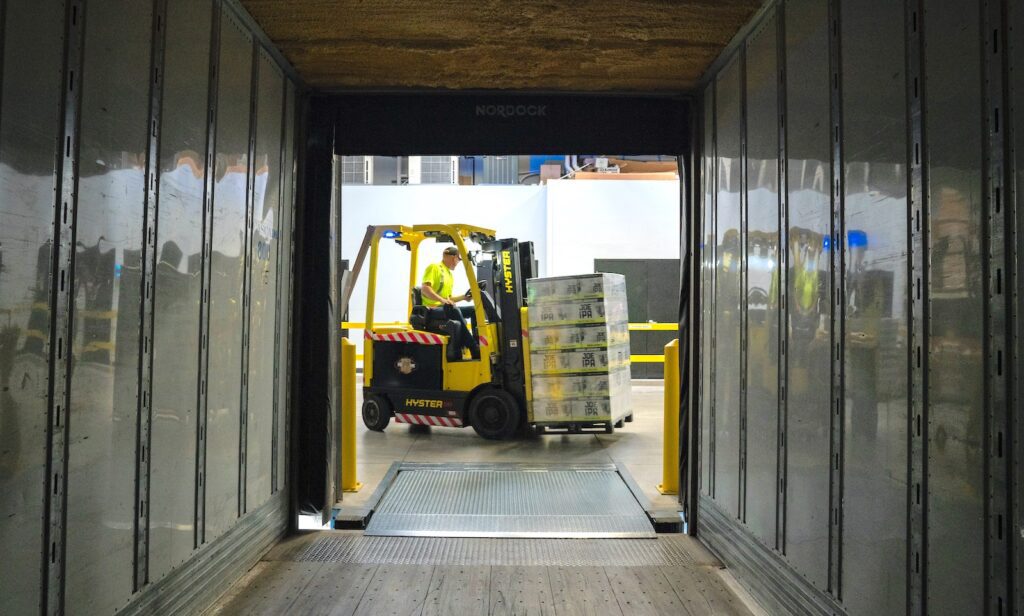
Understanding the concept of Reorder Quantity is essential for businesses aiming to streamline their inventory management processes. Reorder Quantity, often referred to as reorder point or reorder level, is a crucial metric in supply chain management that determines when new stock should be ordered to maintain optimal inventory levels.
In this discussion, we will explore the definition of Reorder Quantity and delve into the reasons why it holds significant importance for businesses.
What is Reorder Quantity?

Reorder Quantity, also known as reorder point or reorder level, is a term used in inventory management to determine the point at which new stock should be ordered to replenish inventory before it runs out. This helps businesses maintain a sufficient stock level to meet customer demand while avoiding stockouts.
Easy Steps to Calculate Reorder Quantity

Calculating the reorder quantity involves considering factors such as the demand rate, lead time, and safety stock. Here are three easy steps to calculate the reorder quantity:
Determine Average Demand per Day:
- Calculate the average daily demand for the product. This can be based on historical sales data or a forecast. For example, if you sell 100 units of a product in a month, and a month has approximately 30 days, the average daily demand would be 100/30 units per day.
Calculate Lead Time Demand:
- Determine the lead time, which is the time it takes for new stock to be delivered after placing an order. Multiply the average daily demand by the lead time in days.
Add Safety Stock (if applicable):
- If you want to account for uncertainties in demand or supply, add a safety stock to the calculated lead time demand. Safety stock acts as a buffer to prevent stockouts during unexpected situations. The level of safety stock is determined by business preferences and risk tolerance. For example, if you decide to maintain a safety stock of 10 units, add this to the lead time demand.
By following these three steps, you can easily calculate the reorder quantity, helping you maintain optimal inventory levels and avoid disruptions in your supply chain.
Why is the Reorder Quantity Formula Important

The reorder quantity formula is important in inventory management for several reasons. As it helps businesses maintain efficient and cost-effective control over their stock levels. Here’s why the reorder quantity formula is significant:
Prevents Stockouts:
- By calculating the reorder quantity, businesses can ensure that new stock is ordered before the existing inventory is depleted. This helps prevent stockouts, ensuring that products are available for customers when they want to purchase them.
Optimizes Inventory Levels:
- The formula considers factors such as average demand and lead time, allowing businesses to determine the optimal amount of inventory to have on hand. This prevents overstock situations, where excess inventory ties up capital and storage space, and it helps avoid understock situations that could lead to lost sales and dissatisfied customers.
Minimizes Holding Costs:
- Holding or carrying costs are associate with storing inventory. By using the reorder quantity formula, businesses can minimize these costs by maintaining an appropriate amount of inventory. This ensures that they have enough stock to meet demand without holding excessive quantities that could lead to increased storage expenses.
Accounts for Lead Time:
- Considering lead time in the formula is crucial. It takes into account the time it takes to receive new stock after placing an order. Factoring in lead time helps businesses account for the delay between recognizing the need to reorder and actually having the replenished stock available for sale.
Addresses Uncertainties with Safety Stock:
- The formula often includes safety stock, which acts as a buffer to account for uncertainties in demand or supply chain disruptions. This helps mitigate the impact of unexpected events, such as sudden increases in demand or delays in the delivery of new inventory.
Enhances Supply Chain Resilience:
- A well-calculated reorder quantity contributes to a more resilient supply chain. It enables businesses to respond effectively to changes in demand patterns, supply chain disruptions, or other unforeseen events, helping maintain a consistent and reliable flow of products to customers.
In summary, the reorder quantity formula is a valuable tool that allows businesses to strike a balance between having enough inventory to meet demand and avoiding unnecessary holding costs. It contributes to the overall efficiency and effectiveness of inventory management, helping businesses operate smoothly and meet customer expectations.